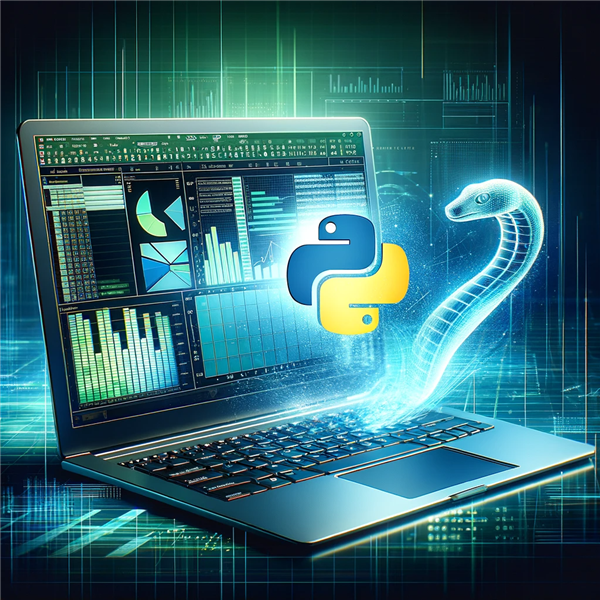
With the rapid advancement in technology, efficiency and automation have become the name of the game. Many businesses and individuals are turning towards programming languages like Python to automate tedious tasks, analyze data, and make informed decisions. One such application is integrating Python with Excel. Excel with Python is becoming an essential skill in the world of data analysis and finance. But what does the future hold for Excel with Python? Let's explore.
Python: A Powerful Tool for Excel
Python is a high-level, interpreted programming language known for its readability and versatility. It has a large standard library that supports many common programming tasks, such as connecting to web servers, searching text with regular expressions, reading and modifying files. This makes it an excellent tool for automating Excel tasks.
Python can also handle large datasets that Excel can't. With Python, you can manipulate and analyze hundreds of thousands or even millions of rows of data that would bring Excel to its knees. This makes Python a powerful tool for large-scale data analysis and manipulation.
Python's Growing Popularity
According to the TIOBE Index, Python was the most popular programming language in 2020. It has also been steadily growing in popularity in the finance industry. Many finance professionals are learning Python to automate tasks, analyze data, and implement machine learning models.
Some stats to consider:
- According to Stack Overflow's 2020 Developer Survey, Python is the 3rd most loved programming language and the 1st one that people want to learn.
- According to a survey by JetBrains, Python's usage for data analysis has grown from 50% in 2017 to 58% in 2020.
- According to the same survey, Python's usage in finance has also grown from 4% in 2017 to 13% in 2020.
The Future of Excel with Python
Combining the power of Excel and Python opens up new possibilities. Excel is a powerful tool in its own right, and when combined with Python, it can perform tasks that neither could do alone.
Here are a few ways that Python is changing the future of Excel:
- Automation: Python can automate repetitive tasks in Excel, saving you time and reducing the chance of error.
- Data Analysis: Python can handle large datasets that Excel can't, making it a powerful tool for large-scale data analysis.
- Machine Learning: Python's powerful machine learning libraries can be used to build predictive models and make data-driven decisions.
In the future, we can expect to see more integration between Excel and Python. This will allow for more advanced features and functionality, such as real-time data analysis and visualization, advanced machine learning models, and more.
Learning Excel with Python
If you're interested in learning how to use Python with Excel, Koenig Solutions offers a course that will teach you how to automate Excel tasks, analyze data, and more. This is a valuable skill that can help you stand out in your career.
To know more, click here.


.jpgM.jpg)




COMMENT